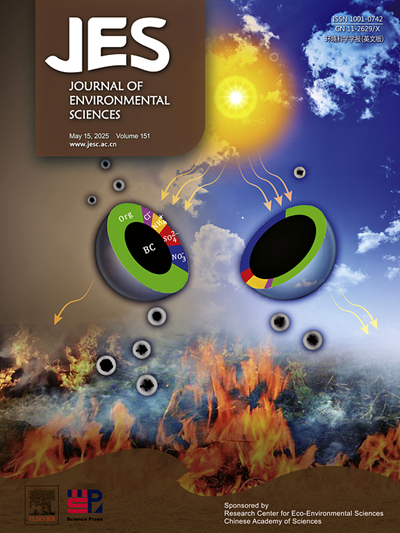Obesogenic effects of six classes of emerging contaminants
Abstract
There is growing concern about the concept that exposure to environmental chemicals may be contributing to the obesity epidemic. However, there is no consensus on the obesogenic effects of emerging contaminants from a toxicological and environmental perspective. The potential human exposure and experimental evidence for obesogenic effects of emerging contaminants need to be systematically discussed. The main objective of this review is to provide recommendations for further subsequent policy development following a critical analysis of the literature for humans and experimental animals exposed to emerging contaminants. This article reviews human exposure to emerging contaminants (with a focus on antimicrobials, preservatives, water and oil repellents, flame retardants, antibiotics and bisphenols) and the impact of emerging contaminants on obesity. These emerging contaminants have been widely detected in human biological samples. Epidemiological studies provide evidence linking exposure to emerging contaminants to the risks of obesity in humans. Studies based on animal models and adipose cells show the obesogenic effects of emerging contaminants and identify modes of action by which contaminants may induce changes in body fat accumulation and lipid metabolic homeostasis. Some knowledge gaps in this area and future directions for further investigation are discussed.

 求助内容:
求助内容: 应助结果提醒方式:
应助结果提醒方式:


